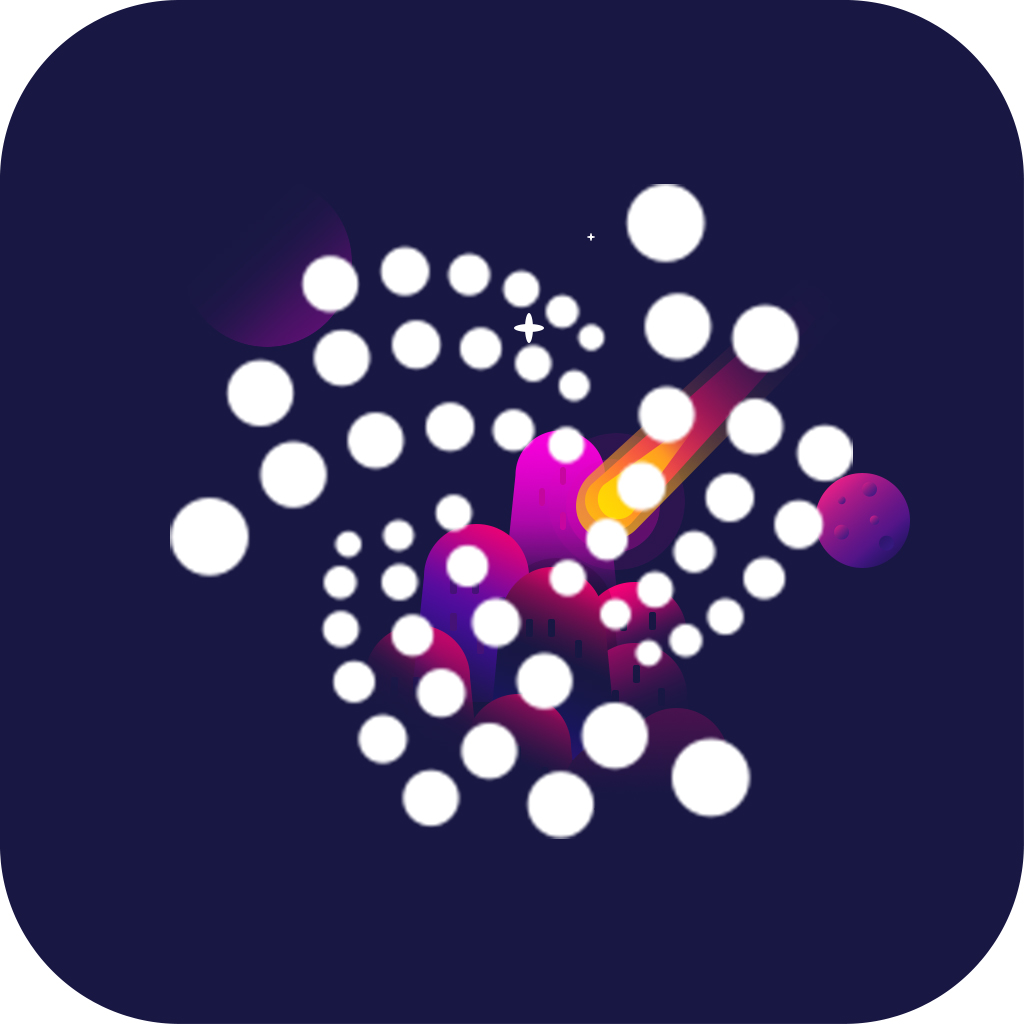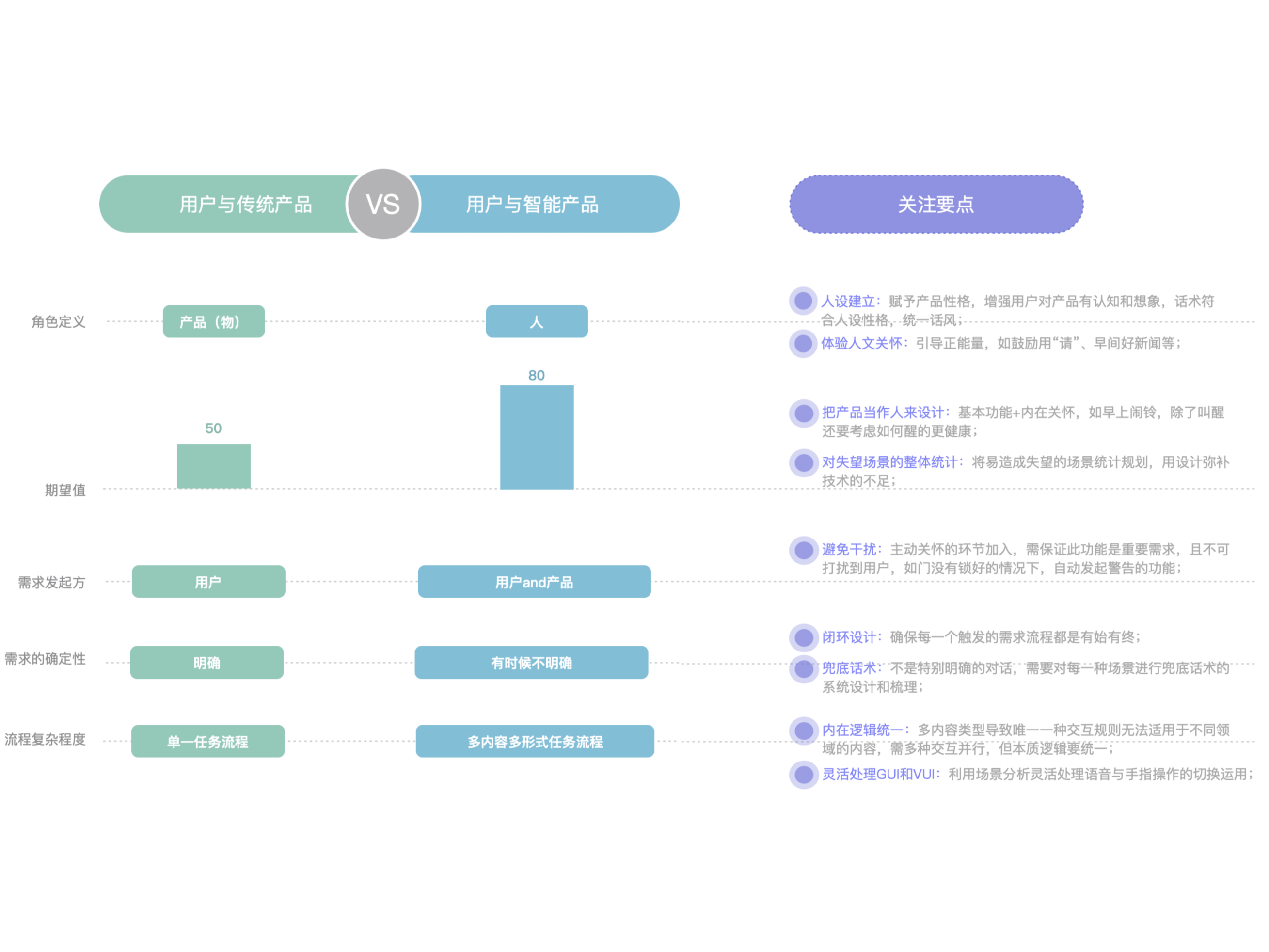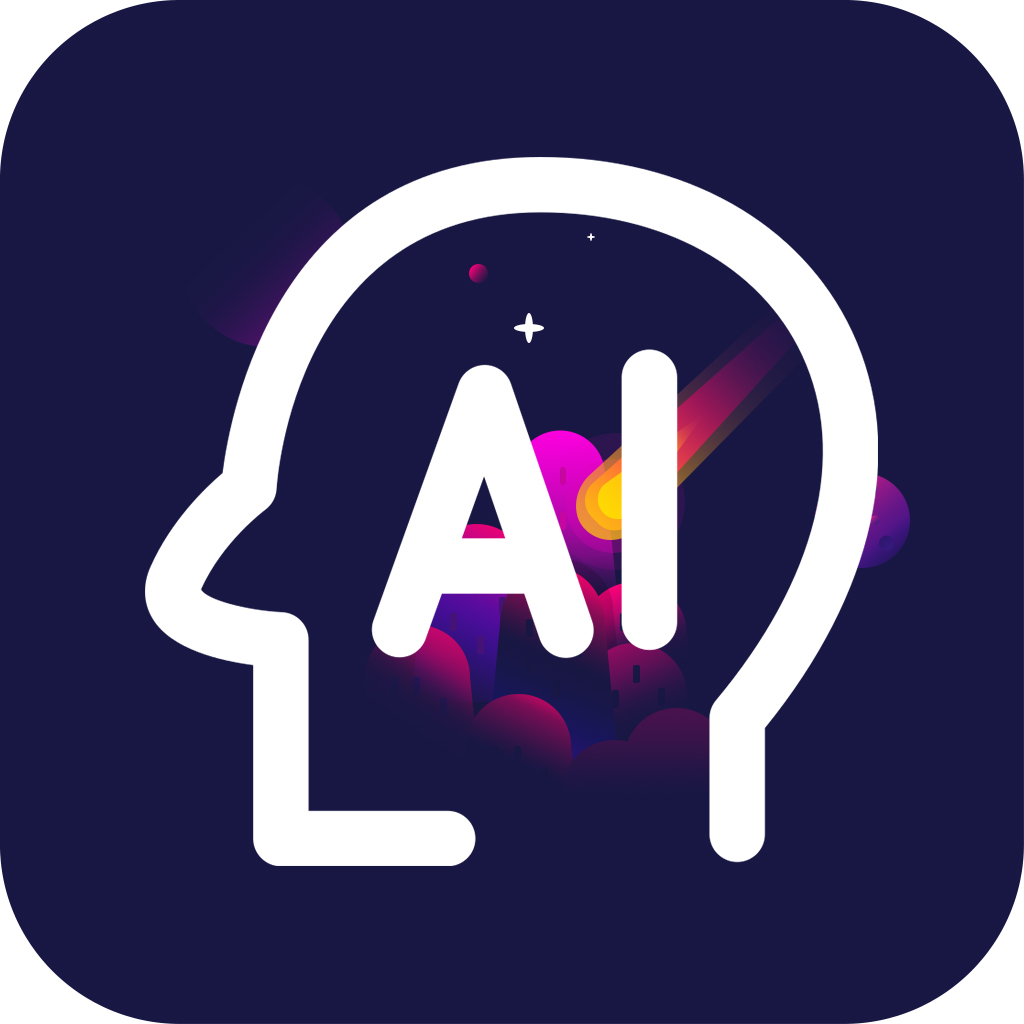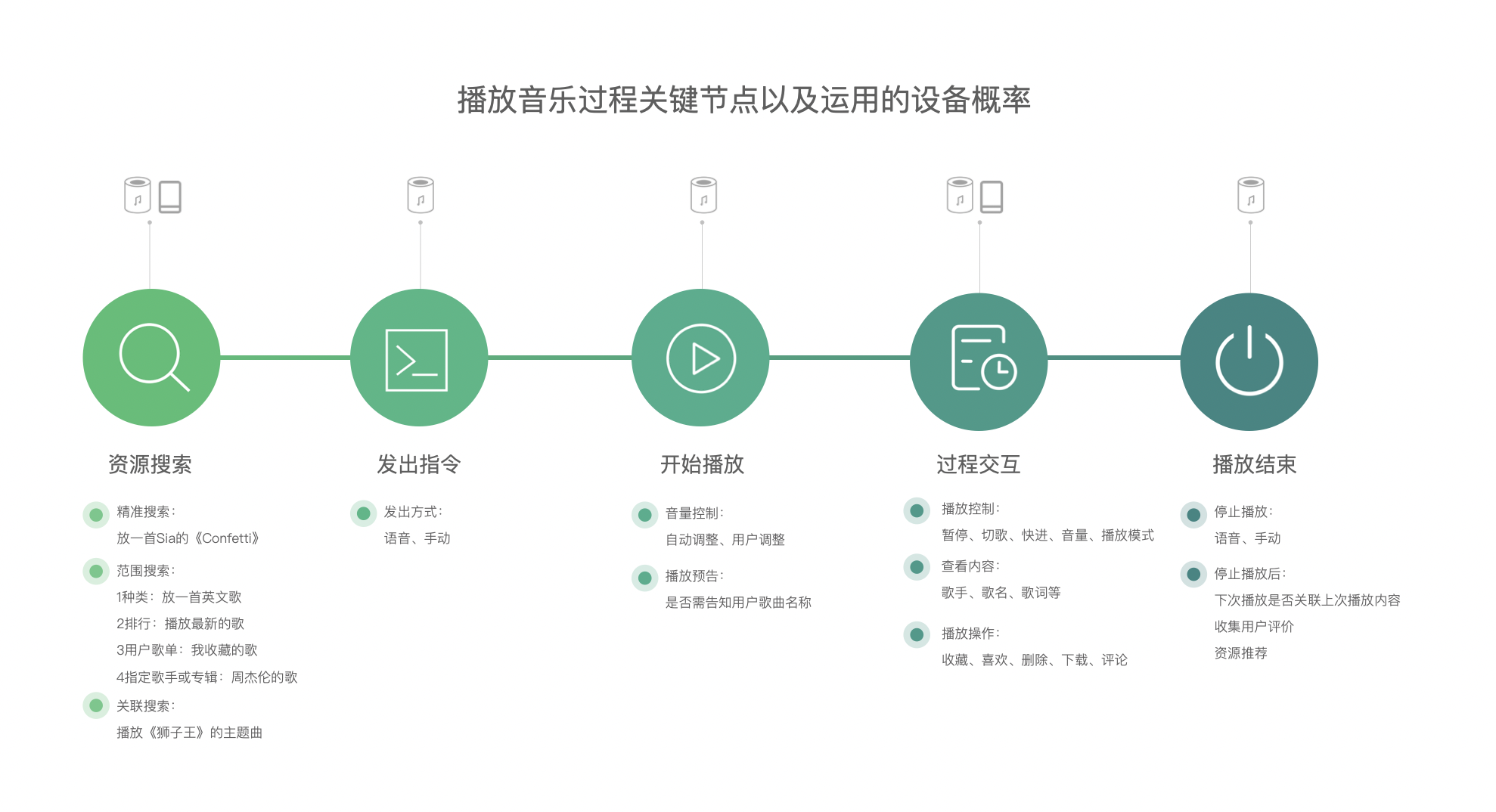 Intelligent Interaction
Intelligent Interaction
-
 Wang Nan
Rokid
Interaction design expert
Wang Nan
Rokid
Interaction design expert
Currently Nan is an interaction design expert at Rokid North America R-Lab, specialized in the development of AI robots and AR products. She has led the design of Rokid Glass AR interactive interface system. Graduating from the Media Practice Design major at Art Center College of Design, she was previously an interaction designer at the Mercedes Benz North American R&D Center, involved in the future driving experience research of Jaguar.
-
 Gao Caiqian
PEGA D&E
Senior Manager of Industrial Design
Gao Caiqian
PEGA D&E
Senior Manager of Industrial Design
-
 Yang Yanzhe
MI
Interaction Designer
Yang Yanzhe
MI
Interaction Designer
-

Hao Huaqi HUAWEI Designer
曾6次获得国际Red Dot和 IF 设计大奖,2011年获得国际Red Dot金奖,新近设计的华为VR2获得2018年国际IF设计大奖。近年来知识分享有车机项目、智能穿戴、互联网设计、品牌设计、智能出行、创新方法、设计趋势、手机增强现实设计等研究课题。
Experience design with multi-sensory interaction
-
Speech 1:Wang Nan《From 2D to 3D: Spatial Design in AR》
Speaker:Wang Nan ( Rokid,Interaction design expert)
In the traditional human-computer interaction, to obtain information users have to rely on electronic screens which are extensively used on mobile phones, computers, and various wearable devices. The designer uses the screen as the canvas to design and develop interactive norms. Such a situation has been dramatically changed with the advent of AR/VR technology which makes it possible to achieve human-computer interaction from 2D to 3D. The spatialized 3D AR interface, however, has special attributes in interaction space, input mode, information presentation, information and environment fusion, etc. All of these make 3D AR interface distinct from the traditional 2D interface, proposing new issues and challengs to AR designers. This workshop will initiate new design ideas for human-computer interaction and 3D AR interface in the augmented reality field. It will also help designers understand the difference between the spatial design of AR Head-mounted display and the traditional 2D interface design, as well as elaborate on the workflow and methods of spatial design.
Discussions upon the following topics are included in the workshop:
1. Optical display and hardware technology of AR Head-mounted display
1.1 Difference between screen display and optical display
1.2 FOV and information fusion
1.3 SLAM and IMU spatial positioning
2. Three typical AR interaction modes and interface style
2.1 Hardware control interaction
2.2 Semantic gesture interaction
2.3 Gesture contact interaction
3. AR spatial interface design
3.1 Spatial thinking transformation and scene-based design
3.2 Visual style of AR interface
3.3 AR rapid prototype development and testing
Work Case -
-
Speech 2:Gao Caiqian《Augmented Reality Hardware Design - Soft and Hard New Interactions between Virtual and Reality》
Speaker:Gao Caiqian ( PEGA D&E,Senior Manager of Industrial Design)
Work Case -
-
Speech 3:Yang Yanzhe《Visible design and invisible experience - Artificial intelligence creates a good environment for multi-sensory experience design》
Speaker:Yang Yanzhe ( MI,Interaction Designer)
Work Case -

















